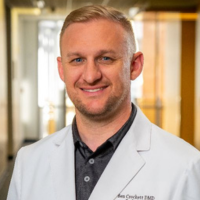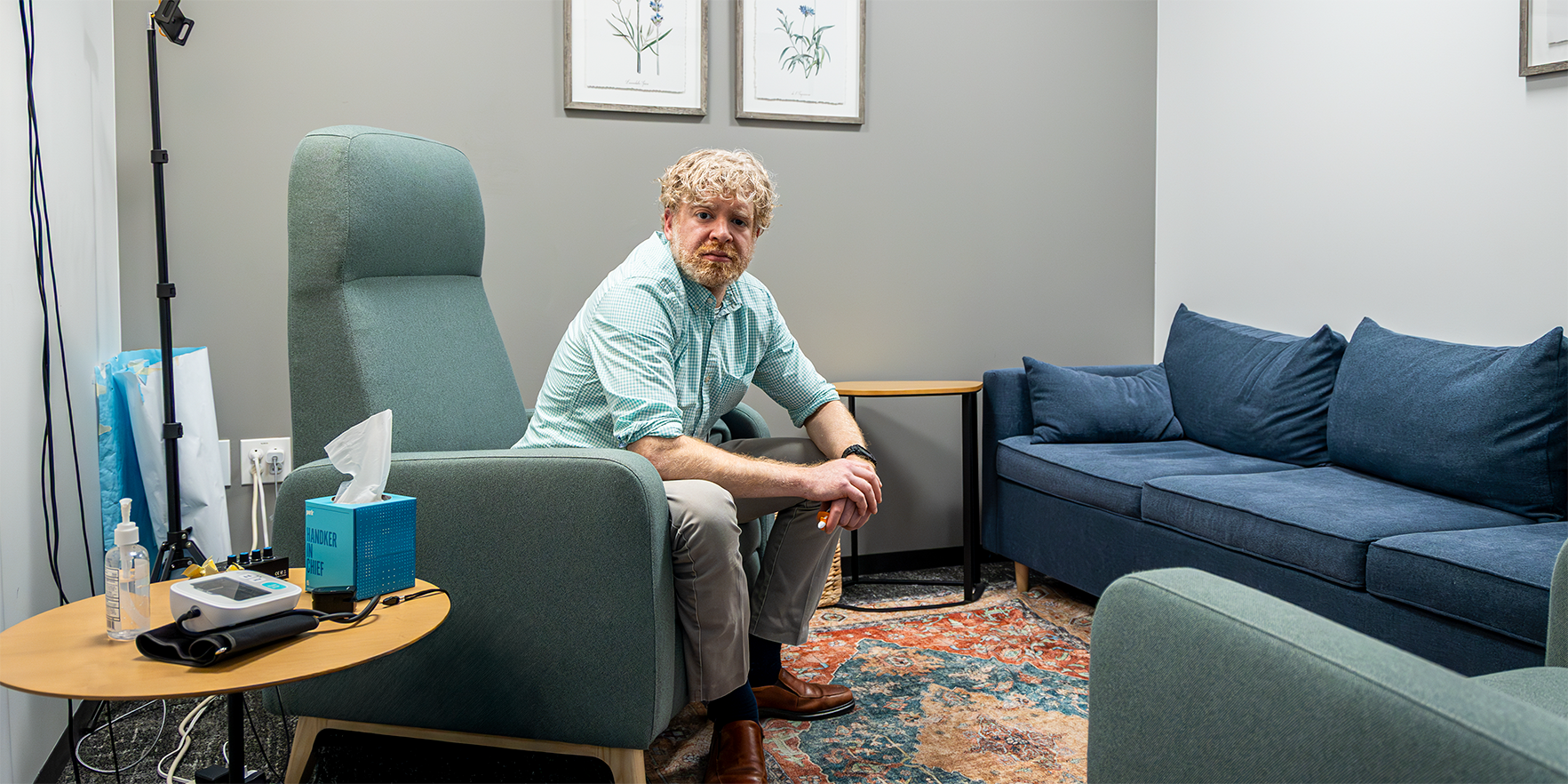Why were lead aprons and thyroid collars used originally in dentistry?
The negative risk for low doses of radiation is that they can cause cancer. So the original goal of shielding has been to reduce the patient's risk of harm from excess radiation exposure, while achieving our diagnostic goals as dental providers.
As dentists, we obviously want to see the teeth and jaws. It's necessary to have some exposure to those areas to radiation, but we don't need to see things like the thyroid in our imaging and we want to protect those areas as much as possible. Historically, the effects of low doses of radiation has been a challenge to quantify. There's been lots of debates on the true effects of low doses of radiation. As a field, we've always kind of erred on that side of caution to try and shield our organs as much as we possibly can.
That approach is called ALARA?
That's right. “As low as reasonably achievable.” We want to keep the dose of radiation low, but keep our diagnostic capabilities high.
Why did the ADA update its recommendations on lead aprons?
If we go a little bit further back: In 2012, the ADA updated its recommendations for radiation safety.
At that time, it did recommend the continued use of lead aprons and thyroid collars. Since then, we've achieved a better understanding of the effects of low doses of radiation on the body and the protective effects that lead aprons and thyroid collars have on reducing that dose.
What we learned was: There's really no significant difference in safety whether shielding was used or not for adult patients.
The ADA came back this February with updated recommendations. They now state that lead aprons should be discontinued as routine practice for most patients, taking state regulations into account as well.
This recommendation mainly came about as several major organizations made similar recommendations – some of the more notable ones would be the National Council of Radiation Protection and the American Association of Physicists in Medicine. These organizations came out with their updated recommendations that shielding was no longer seen as useful for most patients.
In addition to also showing that there's no reduction in radiation risk, shielding can actually cause an overall, in a population sense, increase in risk to patient safety as they can require more images to be taken due to thyroid shielding.
How can thyroid collars increase radiation risk?
There are times when the collar gets in the way of the X-ray beam, blocking important information dental providers need. That results in the need to retake those radiographs, which doubles the dose to those specific patients.
The other ADA recommendations from February are designed to decrease overall radiation exposure, correct? How else are dental practices reducing radiation exposure?
That's right. We've had a lot of technology shifts and improvements to help reduce exposure. One is switching from film imaging to digital imaging, meaning we don't need to use as much radiation to get a good image. Another change has involved tube heads and the shape of the X-ray beam itself – collimation – which has gone from round collimation to rectangular. Essentially what you're doing is trying to limit that field so that anything that's outside of that is not receiving any excess radiation. And finally our selection criteria have improved. Not every patient needs advanced imaging – and therefore the highest radiation dose – for a simple exam visit.
Are these recommendations applicable to all patients that a dental practice might treat?
Correct. The recommendations apply to all patients.
Now there are a few demographics included that would raise a red flag at first on whether or not they are applicable: children, pregnant patients, those who have also received a large amount of radiation from cancer treatment. Obviously we want to protect these populations. The ADA recommendations apply to all of these more vulnerable patients since there is no difference in risk. We still need to follow regulations so at the CU Dental clinics here on campus for example, we’re recommending those under 19 be shielded, per Colorado Department of Public Health and Environment regulations – and still complying with patient wishes in adult populations.
What challenges are providers facing in discussing these changes with patients?
It's a challenge. For many patients, the shift to no longer using lead aprons is going to seem very counterintuitive because we've had such a long history of stressing the importance of using it. As dentists, what we have to do when we discuss these changes with our patients is to really listen to our patient's concerns. Once we've been able to hear their concerns, we need to convey the changes in technology as I mentioned.
The best way to talk to patients about radiation risk is to explain natural background radiation. Every day from the sun, from the ground, and several other sources, we're exposed to radiation all the time. And so when you take a dental radiograph, you can compare it to that natural background radiation for patients. If you get a full set of dental radiographs, you're getting about two to three days of natural background radiation. Put another way, when you take a flight from Los Angeles to New York, it's sometimes more than a series of full-mouth radiographs. These kinds of comparisons help simplify a lot of the technical terms – like effective dose – and bring it down where patients are able to conceptualize exposure risk.
Will there still be some variability depending where you are seeing the dentist, even after these recommendations?
It's important to understand that these recommendations by the ADA are very general. Local regulations by state are going to supersede the ADA recommendations. It will take some time before all local regulations catch up to the current recommendations.





